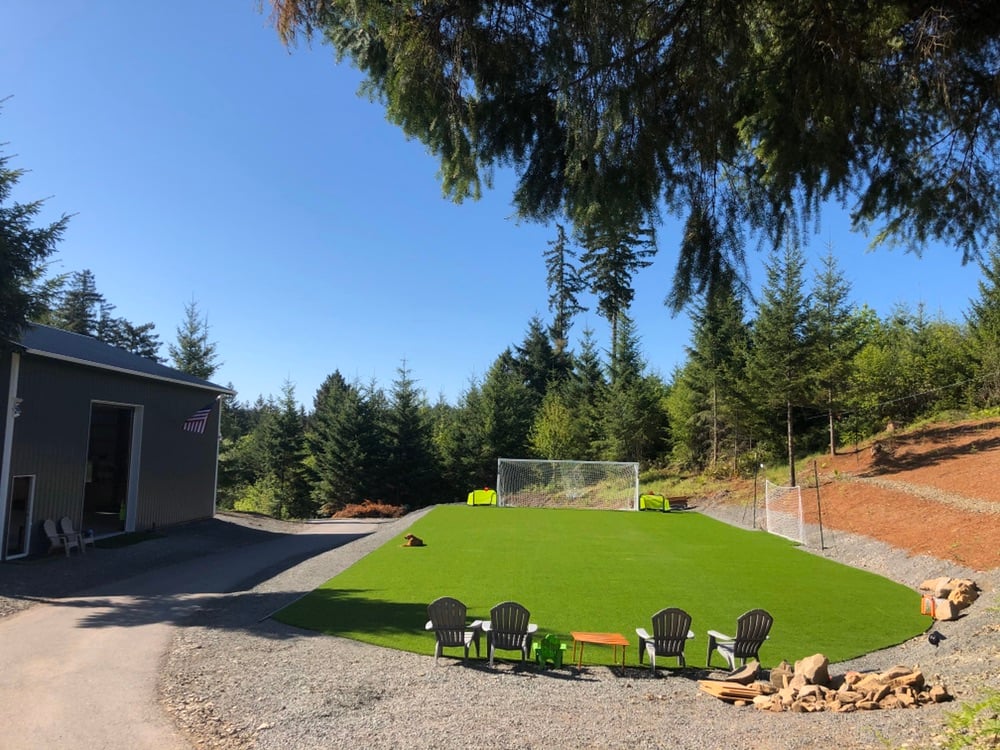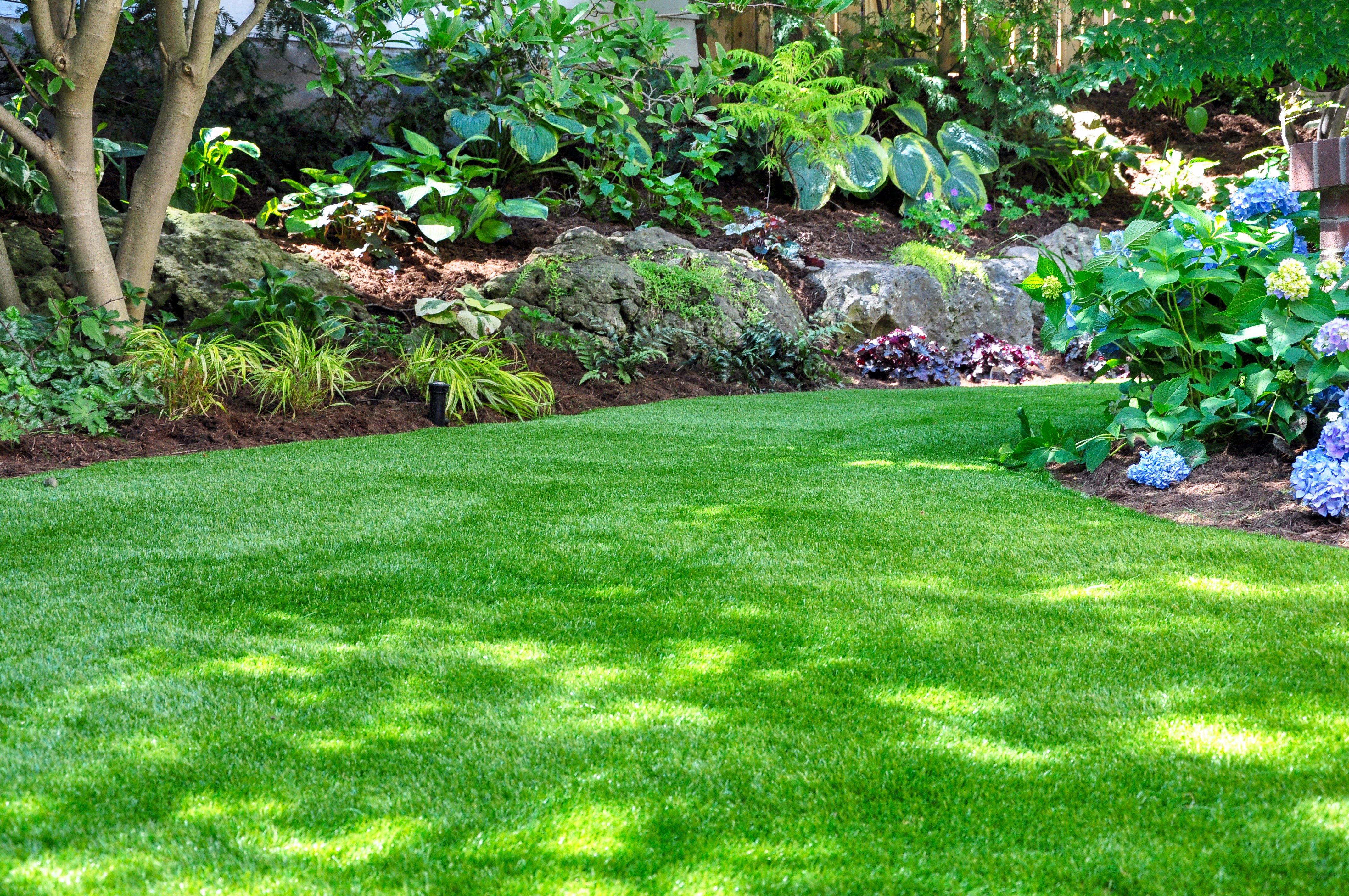Thinking about replacing your dying field with artificial sports turf?
As every soccer player and coach knows, the playing field is one of the most critical elements of the game. Not only should it be free of potential hazards for the players, but it should also be visually appealing to the spectators.
For these reasons and the benefit of reduced maintenance and availability, more and more soccer fields are switching to artificial turf.
Let’s take a closer look at the beneficial ways artificial sports turf is changing soccer for the better.
Eliminates Maintenance Concerns
Keeping a soccer field in top condition requires significant time and money.
Over time, the cost of mowing, weeding and fertilizing turf can cut into the budget. Delays in the game can also occur due to damage to the field. Artificial grass, however, eliminates the need for maintenance, which is more cost-effective in the long run.
While artificial grass may require a slightly higher initial investment, it pays off over its life span since it requires far less upkeep.

Flexibility for Indoor and Outdoor Arenas
Unlike natural grass, artificial grass is used indoors so players and spectators can enjoy a realistic playing environment no matter the weather conditions.
Artificial grass has permanent field lines, which reduces field maintenance. It also makes it possible to have a consistent playing field that is resistant to erosion, damage from wildlife and pest infestations.
Outdoor soccer arenas also benefit from the special drainage systems available for artificial grass that eliminate water pooling and mud.
Simulates the Appearance of Natural Grass
Modern manufacturing methods have completely transformed the appearance of artificial grass.
Today, planning committees have the opportunity to select a type that is similar in appearance to naturally growing grass in the area. It can also be purchased in the preferred height and density required for a standard soccer field.
This way, players and spectators always have a trimmed, green playing field that looks just as good as it feels to play on.
Reduces the Risk of Injury
During the game of soccer, players engage in movements that involve direct and prolonged body contact with the turf.
With natural grass, abrasions from dirt and rocks are not uncommon. Artificial grass is made from polyethylene fibers that reduce the amount of friction that occurs during slides and falls.
It also eliminates divots and cleat marks that contribute to trip-related injuries.

Contributes to Environmental Efforts
The life span of artificial grass is far longer than natural grass, and it reduces the impact on the environment by eliminating the need for excessive water and fuel to be used for maintenance purposes.
When it has reached the end of its life span, it can then be hauled away and re-purposed into new grass. By recycling, artificial grass manufacturers can keep the costs low for everyone whereas natural grass simply continues to use up natural resources when it needs to be replaced.
Soccer enthusiasts can attest to the importance of having a well-maintained playing field since even the smallest change can have a major impact on the outcome of the game. Fortunately, a consistent surface can be maintained for every game through the technological wonders of artificial grass. From eliminating the need to touch up field lines in mid-game to protecting players from injuries, there is no end to the reasons why more arenas are making the switch to artificial turf for their soccer competitions.
Tags:
Turf for SportsJuly 11, 2016


